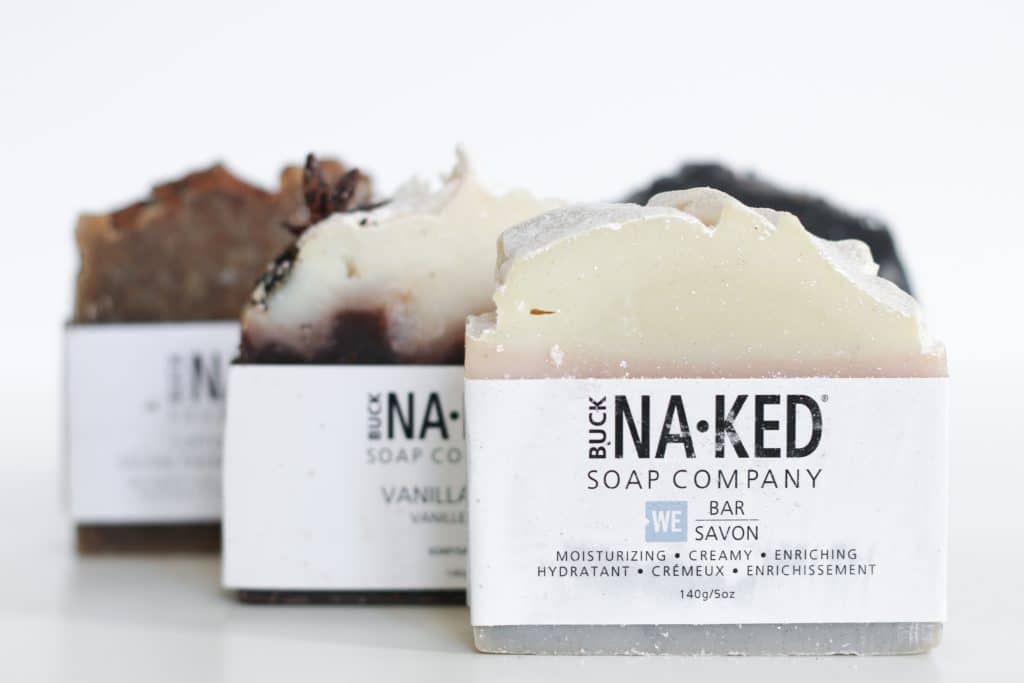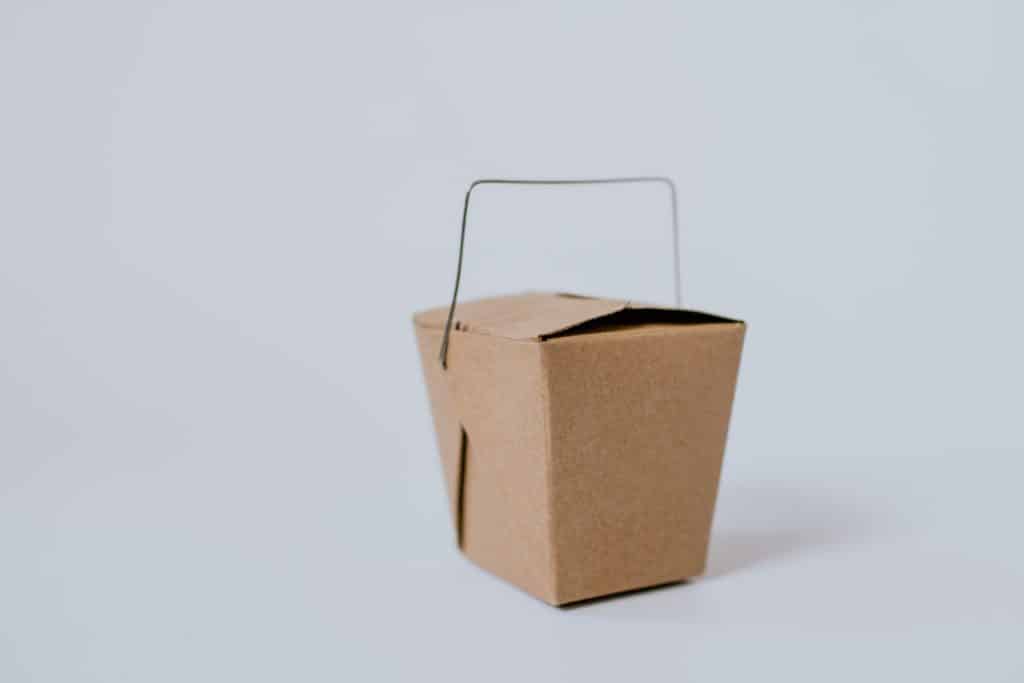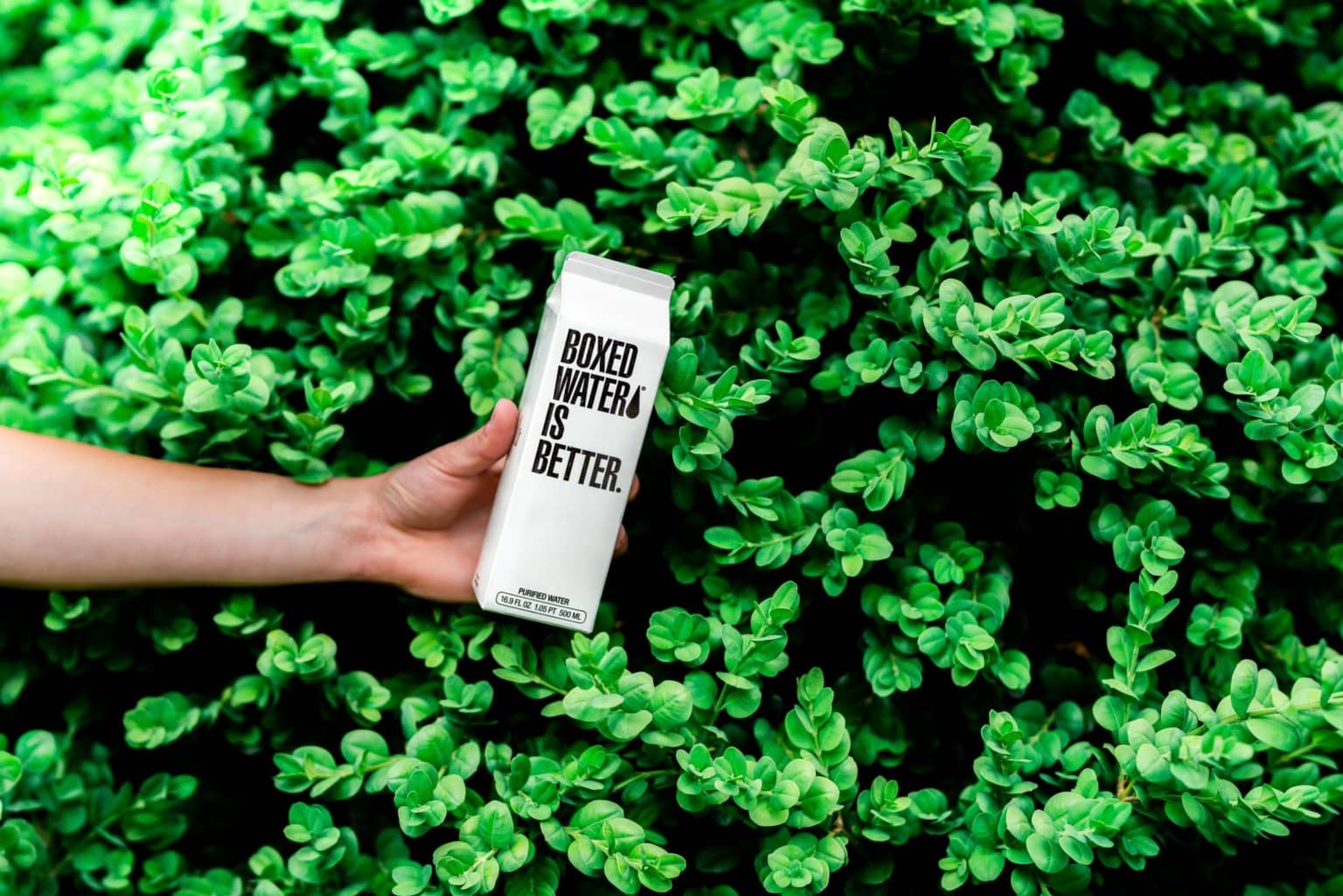In light of the harsh and damaging effects plastic pollution is having on our environment, many brands and businesses are making the necessary switch to environmentally friendly packaging solutions.
From selecting sustainable labels and implementing recycled packaging materials to reducing your carbon footprint and boosting your brand’s image, employing a green business strategy has many long-term benefits for your small business.
What is Sustainable Packaging?
Sustainable packaging is packaging that uses materials that are environmentally friendly and can be reused, recycled, or composted in a sustainable manner. This helps to reduce your carbon footprint and keeps harmful materials out of landfills and away from food or water sources.
Typically made from materials like paper, cardboard, glass, metal, and organic fabrics, sustainable packaging can be reused or recycled several times, reducing the need for resources to create new packaging.
Finally, sustainable solutions often use less energy in the production process, generating fewer greenhouse gasses and reducing your overall environmental impact.
Why is it Important?
Eco-friendly packaging is a vital issue for small businesses, as it can significantly impact your business costs and profit margins. By investing in sustainable materials, you will not only reduce your carbon footprint and save money, but you will attract customers who share your beliefs and choose to support companies doing their part for the environment.
Now, more than ever, consumers are taking a stand against companies they believe are choosing to act in a harmful and irresponsible manner, instead turning their attention to businesses that support sustainability and ethical business practices.
Top Advantages
There are many advantages when switching to sustainable packaging that collectively will move your business forward in a positive and well-respected way.
Reduces Your Carbon Footprint
Many consumers are concerned with their impact on the environment, and it directly impacts their spending habits and the brands and products they choose to be loyal to. By switching to eco-friendly packaging, you are making a statement about your stance on sustainability and how you choose to market your brand while fulfilling your corporate responsibilities.
Choosing biodegradable, recycled materials will reduce the waste of natural resources for production and cut down on post-production waste. Furthermore, the manufacturing process tends to be more efficient, reducing the usage of precious resources and lowering your negative environmental impact.

Increased Versatility
Sustainable packaging is incredibly versatile and can be repurposed and reused in major industries by manufacturers and consumers alike. By removing this restriction, you can create exciting and attractive packaging designs to fit your business needs and appeal to your customers without causing unnecessary waste and harm.
Toxin & Allergen Free
Most biodegradable packaging options are non-toxic and allergy-free. However, there are not many options available on the market just yet. The good news is that what is available is proving to be increasingly sufficient to make a smooth switch. They can run on similar machines as their traditional counterparts, making their implementation easy and affordable.
One of the biggest downfalls of traditional packaging materials is using petrochemical resources like crude oil in their production. It is incredibly harmful to the environment, and eliminating it from packaging will reduce this negative impact.
Business Incentives
A massive appeal for businesses to make the sustainable switch is the business incentives presented by NGOs, government-sponsored organizations, and tax breaks. These bonuses vary based on location, industry, and impact. Still, more and more national governments are introducing benefit schemes to financially reward companies making the change to reduce their impact and improve their green business initiatives.
Eco-Friendly Packaging Alternatives
The increase in demand for eco-friendly packaging alternatives has led to many innovative ideas from manufacturers around the globe. These include biodegradable packing peanuts, which serve the same purpose as traditional polystyrene foam to help cushion items against shock and unwanted movement but dissolve in water and leave no waste or pollution behind.
Corrugated bubble wraps, made from corrugated materials like cardboard instead of plastic, allow you to reuse post-consumer paper waste and turn it into a protective cushioning material.
Mushroom packaging is a cheap, natural, and clever invention that lets you use ground and clean agricultural waste that is created from fused mushroom roots. Humans or animals cannot consume this waste, and it is, instead, molded into the desired shape of the manufacturer, dried, and used for packaging small items.
Finally, the use of plastic bags in the manufacturing and distribution industry goes back for decades, with many businesses using plastic to back their products, further contributing to the growing landfills. These days, many small businesses are turning to organic fabrics as sustainable alternatives to single-use plastic bags. Not only are the bags reusable, but the materials from which they are made decompose within 100 days of disposal.

Top Tips for Making the Switch
The switch to eco-friendly packaging solutions might seem difficult initially, but the long-term benefits make it a worthwhile transition. To make the move as smooth as possible, start small. Don’t try to change all your packaging at once. Pick your most popular items to begin with, slowly expanding to other products until you have reached your goal.
Look into recycled and recyclable packing materials and attempt to reuse existing packaging wherever possible. Educating your customers on the best practices for disposal and recycling will ensure your efforts are continued once your products leave your store.
In addition, switch to sustainable labeling options that can be easily removed from containers for reuse or proper recycling purposes. Finally, keep learning more about sustainability and the choices you can make to move your business forward in a positive direction. With constant development and innovation in sustainable business practices, you can continue to make informed decisions to benefit yourself and those around you.
